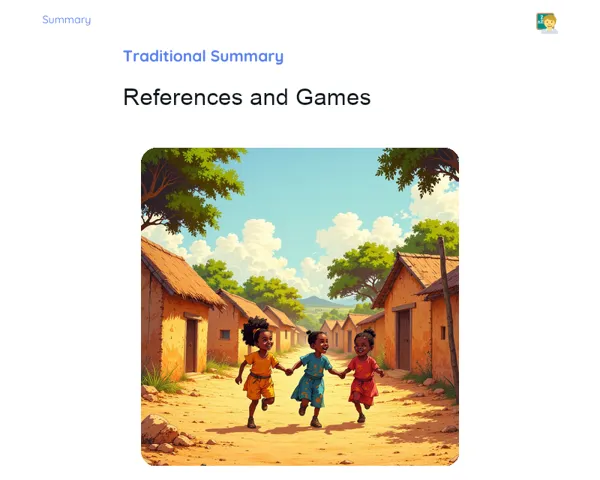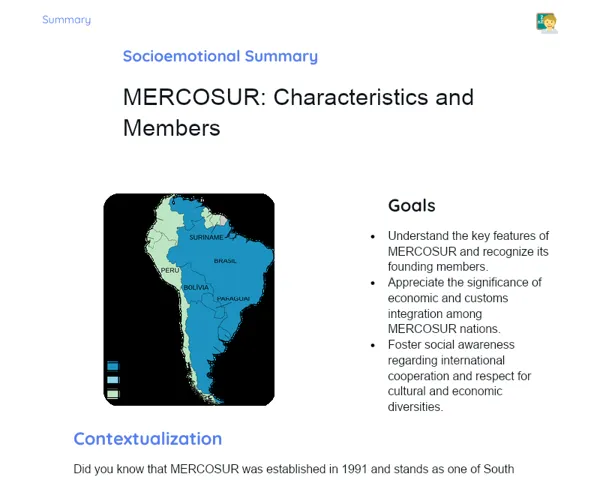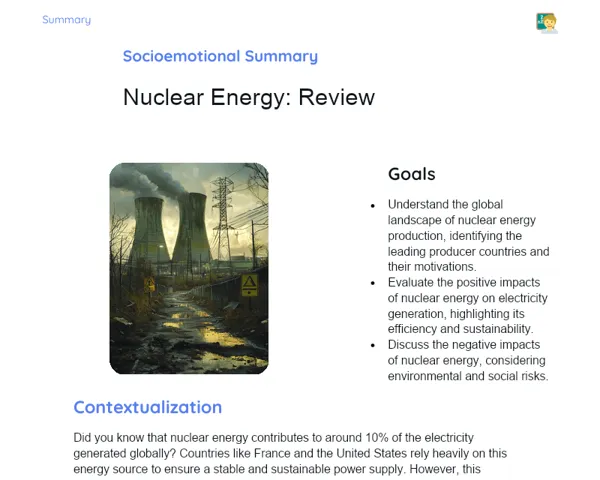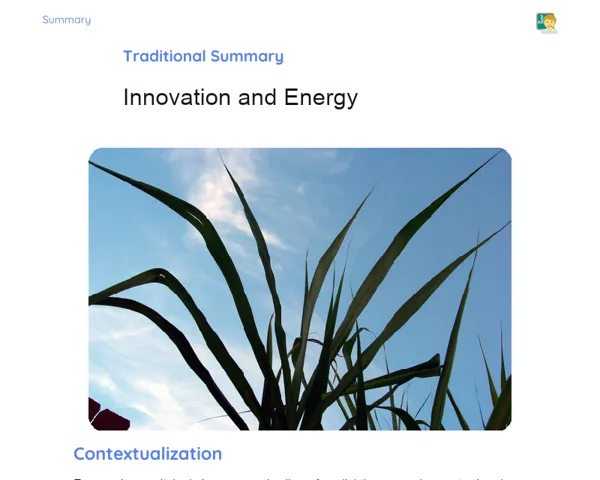Objectives
1. Review and deepen understanding of the main types of soil, including their features and how they form from rocks and sediments.
2. Build the ability to identify and classify soils based on their physical and chemical characteristics.
3. Encourage practical application of knowledge in fields like agriculture and construction.
Contextualization
Did you know that soil is one of the most vital and dynamic natural resources that sustains life on our planet? It’s not just where our crops flourish; soil also plays a significant role in climate regulation, providing habitat for countless living organisms, and is essential in recycling nutrients. Grasping the composition and attributes of different soils is crucial not only for agriculture and construction but also for the sustainable management of our environment. Let’s delve into the rich and intricate layers that nurture life on Earth's surface!
Important Topics
Soil Formation
Soil is formed through weathering, which is the process of breaking down and decomposing rocks exposed to air, water, and living organisms. This ongoing process converts rocks into finer minerals and organic matter, establishing the foundation for soil development. Soil formation is a continual and dynamic process shaped by factors like climate, vegetation, topography, and time.
-
Physical weathering: breaking down rocks without changing their chemical makeup.
-
Chemical weathering: changing the chemical makeup of rocks, leading to the formation of new minerals.
-
Organic decomposition: the contribution of organic matter that enriches the soil.
Types of Soil
Soils can be categorized based on their proportions of sand, silt, and clay, which dictate their physical and chemical properties. For instance, clayey soils hold more water than sandy ones, which can greatly influence farming and construction. Moreover, soils rich in organic matter are generally more fertile and support plant life better.
-
Sandy Soil: drains quickly with low water retention.
-
Clayey Soil: drains slowly but retains a lot of water.
-
Humus Soil: abundant in organic matter, perfect for farming.
Soil Properties
Understanding soil properties such as texture, structure, porosity, pH, and cation exchange capacity is essential for various applications, be it agriculture or construction. For instance, porosity affects how well the soil retains water and air, while soil pH influences nutrient availability for plants.
-
Soil Texture: determined by the mix of sand, silt, and clay.
-
Soil Structure: how soil particles clump together, affecting its permeability.
-
Cation Exchange Capacity: a measure of how well the soil can hold and exchange nutrient ions.
Key Terms
-
Weathering: The process that wears down and decomposes rocks.
-
Soil Texture: The relative amounts of sand, silt, and clay in the soil.
-
Cation Exchange Capacity: The property of soil that indicates its ability to hold and exchange nutrient ions.
For Reflection
-
How does soil texture influence the selection of crops in a particular region?
-
In what ways do the water retention characteristics of different soil types impact water management practices in urban and village settings?
-
Why is understanding soil properties significant in preventing natural calamities like landslides and floods?
Important Conclusions
-
We examined the dynamic process of soil formation, emphasizing the role of weathering in turning rocks into fertile grounds for plant growth.
-
We discussed the main types of soil and their characteristics, such as texture, structure, and water retention, which are critical for practical uses like agriculture and civil engineering.
-
We highlighted the importance of soil for maintaining ecological balance and sustainability, and how knowledge about soils can be harnessed for proper resource management.
To Exercise Knowledge
- Create a Soil Diary: Choose a spot in your locality and observe changes in the soil for a week. Note down observations on moisture, texture, and any changes you see. 2. Simulate a Permeability Test: Use various containers and soil types (like sand, clay, and organic matter) to observe how water flows through them. Describe and compare your findings. 3. Investigate the Soil Composition in Local Farms: Connect with local farmers to learn about the soil they use in their fields and how they tailor their farming practices based on soil characteristics.
Challenge
🌱 Virtual Farmer Challenge: Pick a type of soil and choose a crop that thrives in it. Think about water needs, nutrients, and farming seasons. Document your planning process and anticipate potential challenges along with strategies to tackle them.
Study Tips
-
Utilize digital maps and geolocation apps to explore the various soil types in your area.
-
Watch documentaries or educational videos on sustainable farming and soil conservation practices to see the theories in action.
-
Join online discussions or groups focussed on geography or biology to share and exchange ideas about soils and their environmental impacts.



